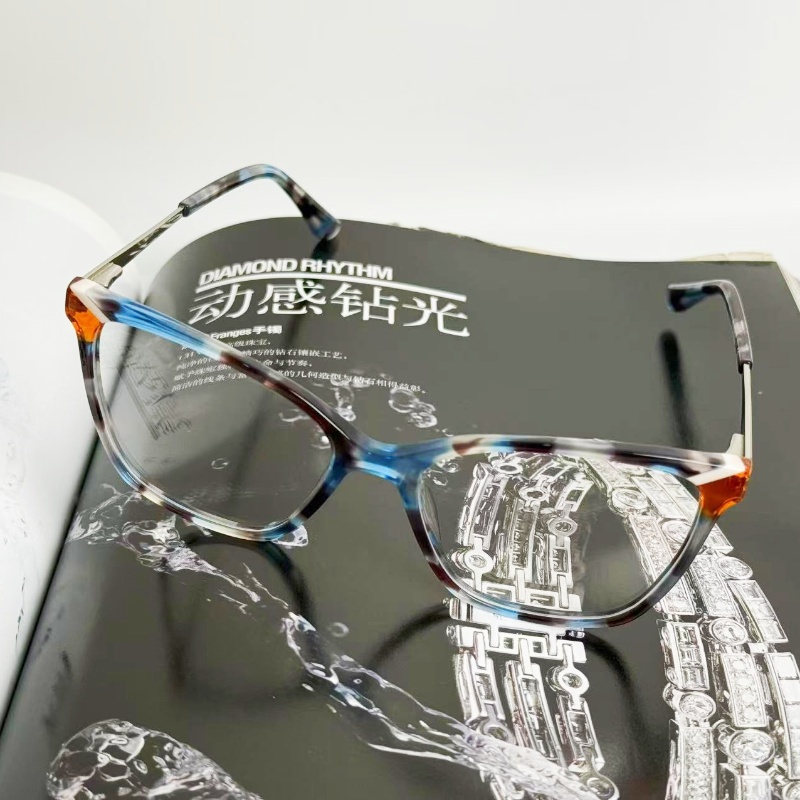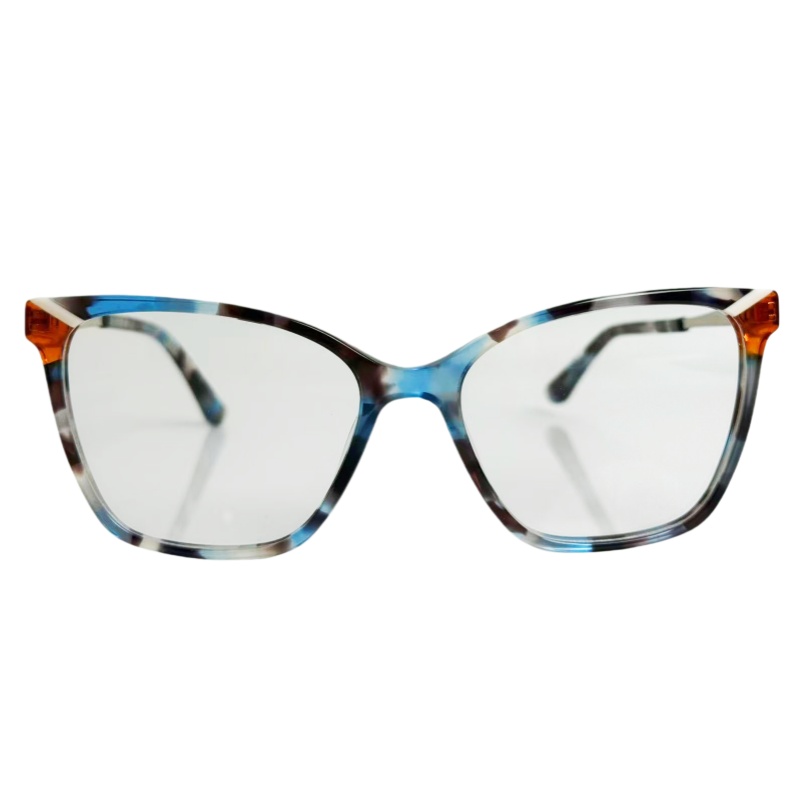
Fashion Forward: The Rise of Acetate Optical Frames in Modern Eyewear
Introduction
The eyewear industry is undergoing a revolution, with fashionable acetate optical frames leading the charge. As consumers increasingly prioritize both style and functionality, acetate has emerged as the material of choice for designers crafting optical masterpieces. This article explores why fashionable acetate optical frames dominate the market, detailing their benefits, manufacturing excellence, and future trends—all while ensuring these key terms (fashionable, acetate, optical) remain central to our discussion.

1. Why Acetate? The Perfect Blend of Style and Function
Acetate is a plant-based material derived from cotton fibers and wood pulp, making it a sustainable and hypoallergenic option for optical frames. Unlike cheap plastics, acetate offers:
Unmatched Aesthetics: Its layered construction allows for vibrant, fashionable color patterns that can’t be replicated with other materials.
Durability: Acetate optical frames resist warping and discoloration, ensuring long-term wearability.
Lightweight Comfort: Ideal for all-day use, whether for reading glasses or blue-light-blocking optical lenses.
Brands like Gucci and Tom Ford have adopted acetate for their high-end optical collections, proving its dominance in fashionable eyewear.
2. The Fashionable Appeal of Acetate Optical Frames
Today’s consumers demand eyewear that complements their personal style. Fashionable acetate optical frames deliver with:
Bold Colorways: From tortoiseshell classics to neon ombre, acetate allows limitless customization.
Texture Play: Matte, glossy, and marbled finishes create unique fashionable statements.
Versatility: These frames transition seamlessly from professional settings to casual outings.
Celebrities like Zendaya and Harry Styles have been spotted wearing acetate optical designs, cementing their status as must-have accessories.
3. Optical Innovation Meets Acetate Craftsmanship
The marriage of optical precision and acetate artistry results in frames that are both functional and stunning. Key advancements include:
Adjustable Nose Pads: Enhanced comfort for optical lens wearers.
Flexible Hinges: Durable enough to withstand daily adjustments.
Eco-Friendly Production: Many brands now use bio-acetate for sustainable fashionable eyewear.
A case study from Italian manufacturer Mazzucchelli shows that acetate optical frames have 30% higher customer satisfaction than standard plastic alternatives.
4. Market Trends: The Future of Fashionable Acetate Optical Frames
The global optical market is projected to reach $60 billion by 2026, with acetate frames capturing 45% of the premium segment. Emerging trends include:
Smart Integration: Thin Bluetooth modules embedded in fashionable acetate optical temples.
Custom 3D Printing: Tailored frame shapes based on facial scans.
AR Try-Ons: Virtual fitting tools for acetate styles.
Conclusion
Fashionable acetate optical frames represent the pinnacle of modern eyewear, blending artistry, innovation, and practicality. As technology evolves, acetate will continue to redefine what’s possible in optical design, ensuring its place in both fashionable wardrobes and optometry clinics worldwide.


